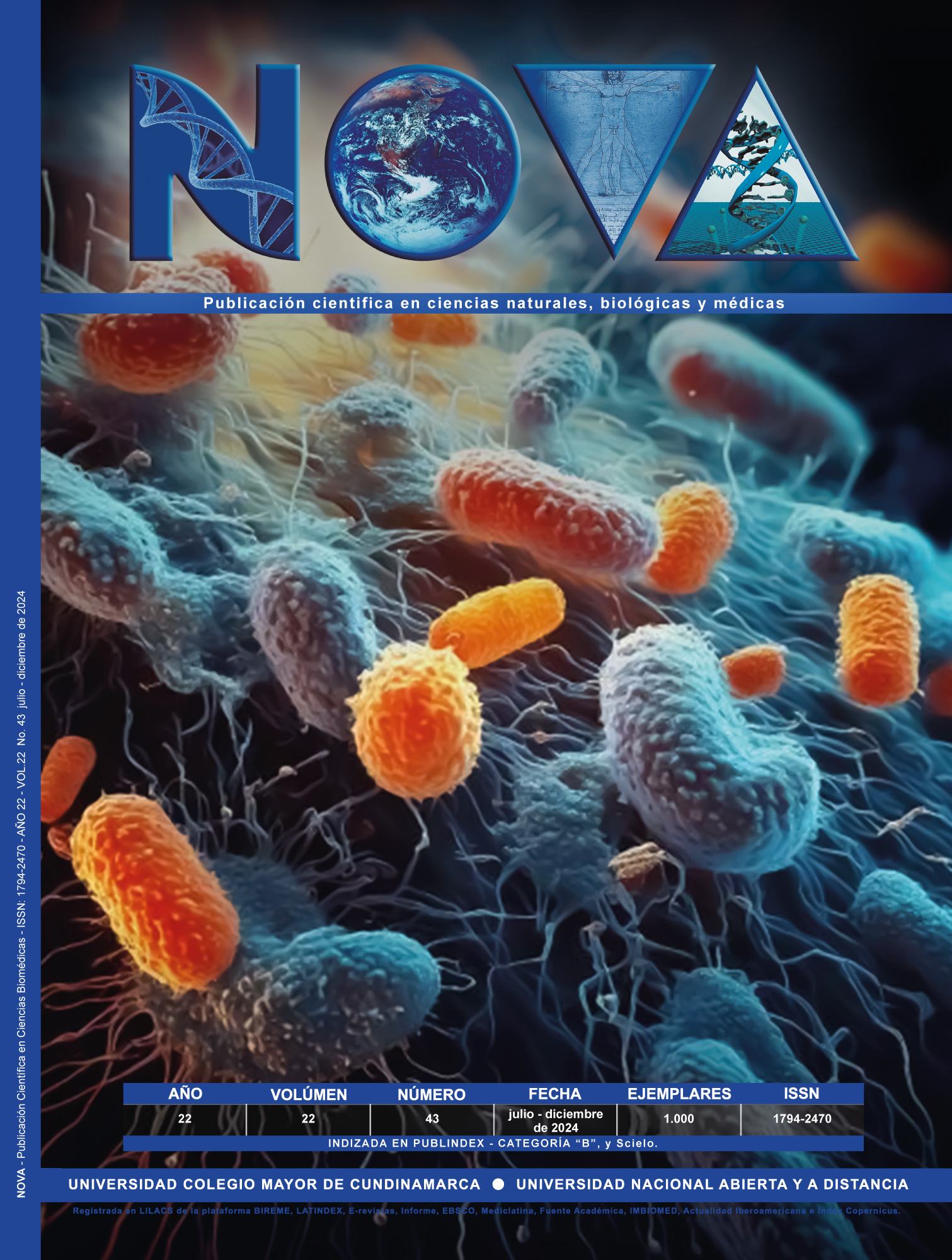Analysis of Daily COVID-19 Mortality in Relation to Air Quality and Climatic Variables in Seven Colombian Cities
Introduction. The COVID-19 pandemic has significantly impacted global public health. In Colombia, variations in daily COVID-19 mortality rates across different cities have generated interest in investigating the environmental factors that might influence these variations. This study analyzes the relationship between daily COVID-19 mortality and climatological variables (daily maximum temperature, relative humidity, daily precipitation) and air quality variables (PM2.5 and PM10) in Bogotá, Medellín, Cali, Bucaramanga, Cartagena, Barranquilla, and Cúcuta, during the period from March 6, 2020, to April 30, 2023. Materials and Methods. A retrospective cross-sectional observational design was used. Daily COVID-19 mortality data were obtained from the Instituto Nacional de Salud (INS) of Colombia. Climatological and air quality variables were collected from IDEAM, SISAIRE, IQAir, Meteostat, NOAA, EPA, and WHO. Complete data from the seven cities were included for climatological variables, and data from Bogotá and Medellín were included for air quality variables. Descriptive, bivariate, and multivariate analyses were performed using generalized linear models (GLM) with Poisson distribution and logarithmic link function, complemented by Spearman correlation tests. Results: Data on COVID-19 deaths from seven Colombian cities were analyzed over 1,151 days. Bogotá and Medellín were the most relevant due to the complete availability of data. In Bogotá, the average daily deaths were 25.04 ± 38.675, with a median of 6 deaths per day. The mean daily maximum temperature was 20.488 ± 2.001 °C, and the average relative humidity was 75.133 ± 13.416%. Daily precipitation had a mean of 3.868 ± 10.776 mm. In Medellín, the average daily deaths were 27.9 ± 43.56, with a median of 7 deaths per day. The mean daily maximum temperature was 27.191 ± 1.803 °C, and the average relative humidity was 78.379 ± 7.944%. Daily precipitation had a mean of 3.240 ± 7.813 mm. Normality tests using the Kolmogorov-Smirnov test indicated that the data did not follow a normal distribution. Therefore, non-parametric tests, such as Spearman’s correlation and Generalized Linear Models (GLM), were used. Conclusions: This study highlights the influence of environmental factors on daily COVID-19 mortality. The findings underscore the importance of considering climatic conditions and air quality in the management and prevention of pandemics. This information is crucial for developing public policies that improve public health in diverse urban settings and for formulating effective mitigation strategies for future health emergencies










